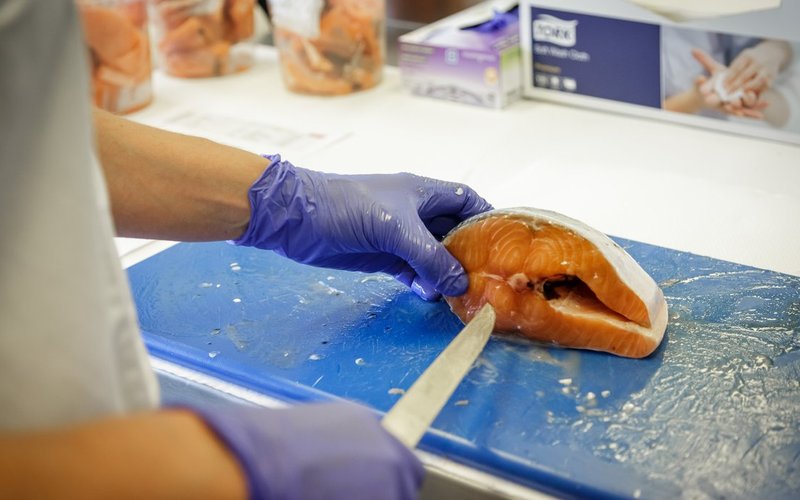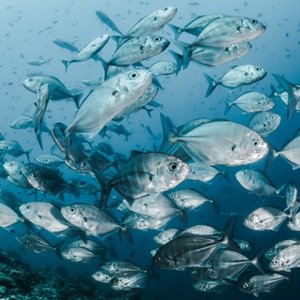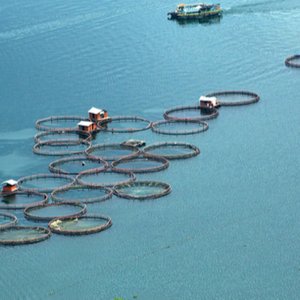A new report, “Monitoring program for pharmaceuticals, illegal substances and contaminants in farmed fish,” commissioned by researchers from the Norwegian Institute of Marine Research on behalf of the Norwegian Food Safety Authority, examined 13,725 samples to monitor the status of illegal substances, pharmaceuticals and contaminants in Norwegian farmed fish. The survey follows the EU legislation that all foodstuffs of animal origin should be monitored for certain substances and residues. Most of the samples were from salmon, but the researchers also checked rainbow trout, halibut, turbot and char.
No residues of illegal compounds were detected. Residues of anti-sea lice agents were found in five samples, but the levels were below the Maximum Residue Limit (MRL) for all samples. Other veterinary drugs, like antibiotics or drugs used against internal parasites, were not found. Researchers also found no substance above the EU's limit values for environmental toxins, such as mercury, cadmium and dioxins.
“The results are in line with previous years. We found no trace of illegal drugs, such as growth hormone or illegal drugs,” said researcher Annette Bernhard. “When it comes to legal medicine, we found residues of lice medicine in five pooled samples. The level was well below the EU's limit value for what is safe to eat,” Bernhard continued.
The level of several substances that do not have defined limit values in fish was also measured such as different types of pesticides, metal, brominated flame retardants and the antioxidant ethoxyquin.
Read the report here. Find all values per substance and fish here.










